
Shake Appeal is a column that highlights new garage and garage-adjacent releases. This week, Evan Minsker discusses the debut from Sydney's Angie, a live album from White Fence, a demo from New York hardcore outfit Ivy, the sophomore LP from Detroit's Terrible Twos, and a new cassette from Boulder, Colorado's Thee Goochi Boiz.
 Angie: Turning [Rice is Nice/Easter Bilby]
Angie: Turning [Rice is Nice/Easter Bilby]
Angela Garrick is a Sydney native who's probably best known for her tenure in Straight Arrows, Circle Pit, and a couple other bands. (According to Discogs, she was the photographer behind that Royal Headache single on Matador, too.) Her debut solo album is a total star turn for Angie, bringing her fully into the spotlight on a record with a tightly honed, dark hued aesthetic. There's a trudge to these songs; there are guitar solos, but they never outright rip or soar. Everything here feels somewhat dour, but when you've got melodies like the one on "Parallels", that's not a bad thing.
 White Fence: Live in San Francisco [Castle Face]
White Fence: Live in San Francisco [Castle Face]
While Third Man has done a nice job of releasing killer live LPs from newer garage bands, it looks like John Dwyer's looking to give Jack White a run for his money. Castle Face is launching a new series of live records, wherein Dwyer uses a Tascam 388 machine to record his friends and labelmates. The first installment is a complete blessing: A live album from White Fence. Tim Presley's reputation to date is one of "prolific bedroom artist," but he also puts on ripping live shows. The LP features songs from White Fence, Is Growing Faith, Family Perfume, and Cyclops Reap. Looks like the label's putting out a live Fuzz album, too.
White Fence: "Swagger Vets and Double Moon" (Live) on SoundCloud.
White Fence: "Chairs in the Dark" (Live) on SoundCloud.
 Ivy: Demo cassette [self-released]
Ivy: Demo cassette [self-released]
There's not a lot of info out there about the New York punk band Ivy, but this much is clear: Their ranks include members of Brown Sugar, Deformity, and Weird TV; and they just played their first show in July. This cassette demo was released at some point, is currently sold out, and is available to download in its entirety. But here's the important bit: These seven songs (in 10 minutes) are front-to-back awesome—belligerent, screaming, buzzsaw hardcore. Sure, it's too blown out to fully understand the vocals, but the energy and hooks completely kill.
 Terrible Twos: Horror Vacui [Urinal Cake]
Terrible Twos: Horror Vacui [Urinal Cake]
A recent episode of the Comedy Central show "Drunk History" took place in Detroit. At one point, there's a dude with a mustache drunkenly bragging about how easy it is to get out of a straitjacket. That dude is Craig Brown, who was in King Tuff's touring band, plays in Liquor Store, and fronts the Detroit band Terrible Twos. Their sophomore LP Horror Vacui is manic and wired, consistently moving with screaming energy and jagged guitars. It's marked partially by its Lost Sounds-ian darkwave leanings, but the main draw here is the quickness and immediacy of tracks like "You Can't Have My Chips" and "Michael Stipe".
Terrible Twos: "A Word and a World" on SoundCloud.
 Thee Goochi Boiz: Fast Food for the Teenage Soul [Burger]
Thee Goochi Boiz: Fast Food for the Teenage Soul [Burger]
This week, the folks at Burger Records have given us the sophomore effort from Boulder, Colorado's Thee Goochi Boiz. Don't let their ridiculous moniker stand as an obstacle: Their record is full of well-done garage pop. It's a bit sloppy, sometimes evoking the Memories' paced, stoned smirkings. There's also a twee element in play, like when the band implement xylophones and whistles on "Everything I Do Is Wrong". There are even songs that verge on balladry, like "Why You Gotta Be Mean to Me". But then they also deliver some of these songs ("Neon Brain Splatter", "Stewin in My Juices") with a punk rock bash.
Also Worth Hearing: Burger's second-ever and ultra-stacked Wiener Dog Comp (featuring, yes, another White Fence track); a new LP from Charlotte punks Joint D≠ (via Sorry State); a 7" from Jackson, Mississippi's Wild Emotions (via Blahll!).
White Fence: "Today's Lesson" (Filth cover) on SoundCloud.
Wild Emotions: "Hey Everybody" on SoundCloud.






 Flume:
Flume:  TM88 & South Side:
TM88 & South Side:  Mac Miller:
Mac Miller: 

 Scraper:
Scraper:  Growwing Pains:
Growwing Pains:  Strange Attractor:
Strange Attractor:  Pizza Time:
Pizza Time:  Star Spangled Banana:
Star Spangled Banana: 
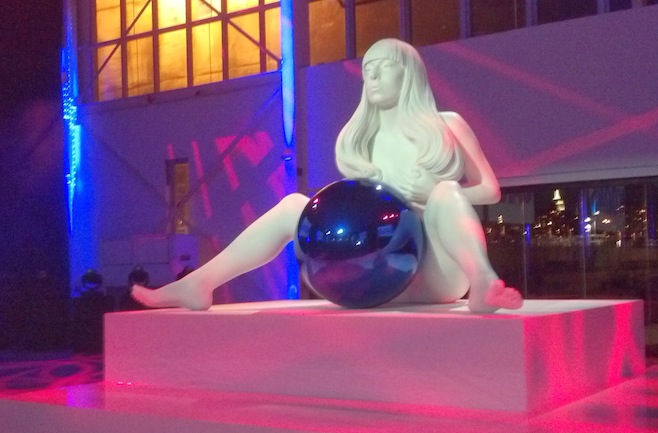
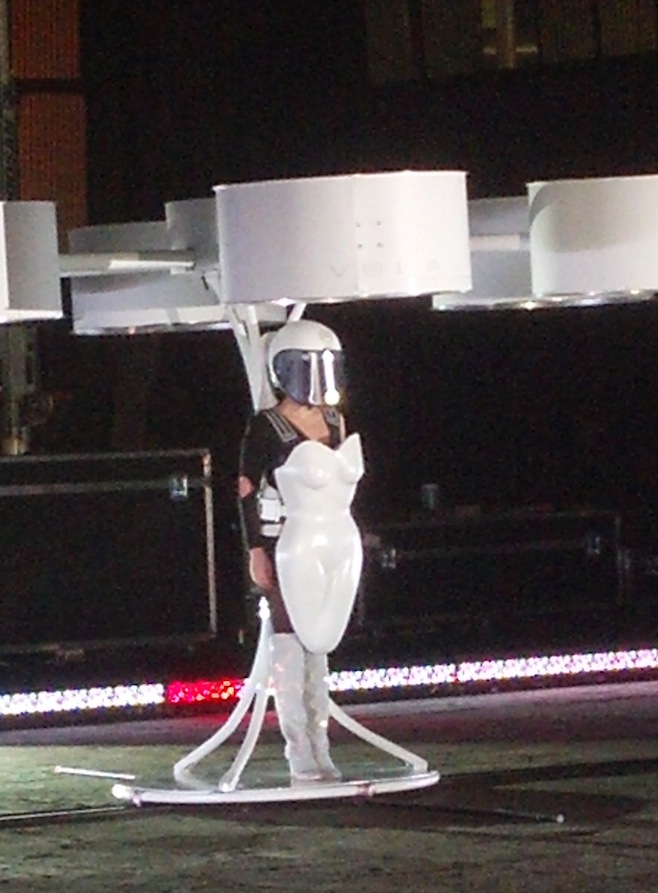
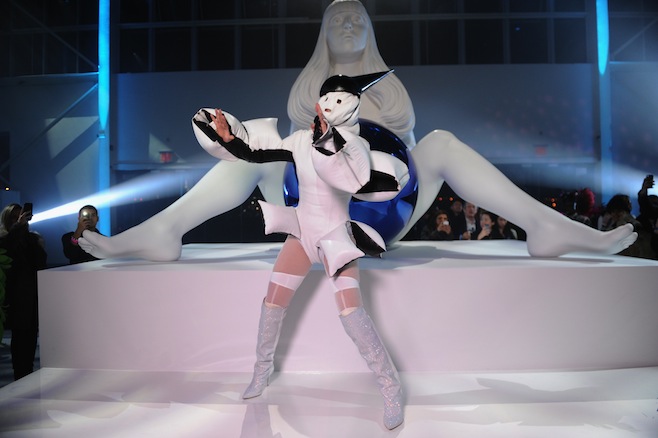













 The Limiñanas:
The Limiñanas:  So Cow / Image Makers:
So Cow / Image Makers:  George Brigman:
George Brigman:  ANO:
ANO:  Life Stinks:
Life Stinks: 








 Rich Kidz:
Rich Kidz:  Blood Orange:
Blood Orange: 
 The Gories:
The Gories: 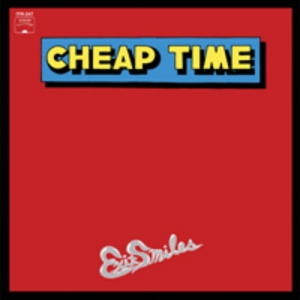 Cheap Time:
Cheap Time:  Buck Biloxi and the Fucks:
Buck Biloxi and the Fucks:  Various Artists:
Various Artists: 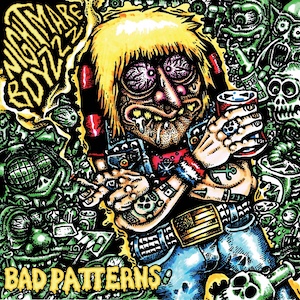 Nightmare Boyzzz:
Nightmare Boyzzz: 




